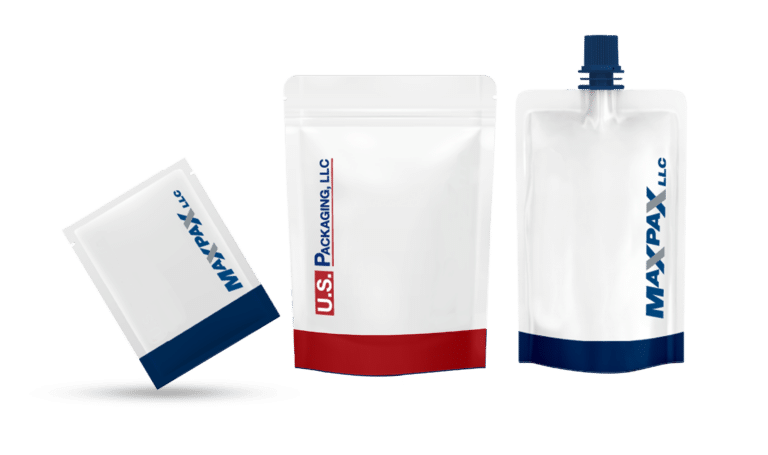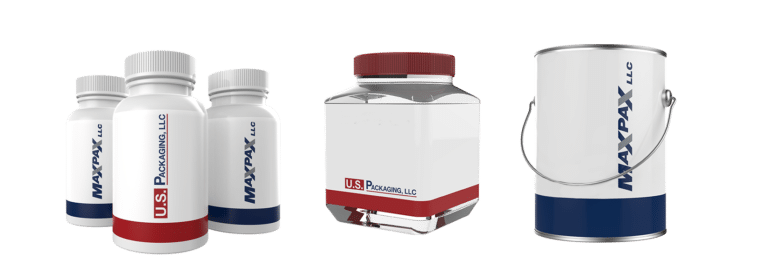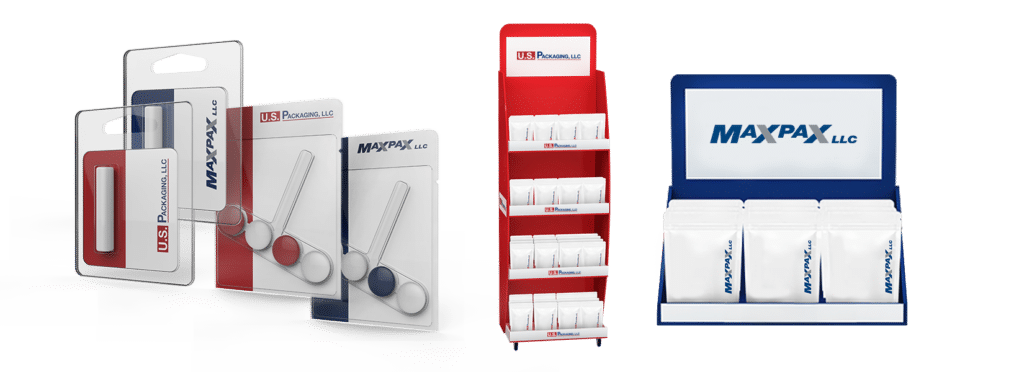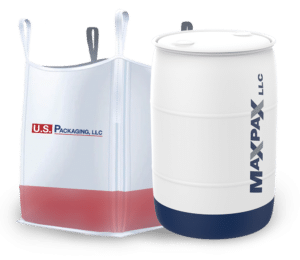
Choosing the right packaging method is a strategic decision. For companies navigating rapid growth or managing high-output CPG production, selecting between vertical form fill seal (VFFS) and horizontal form fill seal (HFFS) equipment can significantly impact efficiency, cost, and product quality. Whether you’re a supply planner at a national food brand or leading external manufacturing for a personal care startup, the right fill-and-seal solution depends on your product’s shape, size, and shelf strategy.
1. Packaging Orientation: The Fundamental Difference
- Vertical form fill seal (VFFS) machines package products by forming a pouch from a roll of film and filling it from the top before sealing it vertically. It’s ideal for products that are free-flowing like powders, liquids, or granules.
- Horizontal form fill seal (HFFS) machines fill products into film horizontally, then seal the sides and ends. These are better for products that require careful placement or lie flat, such as candy bars, pharmaceutical strips, or wipes.
2. What Fits Your Product Best?
Choose VFFS if your product is:
- Loose, granular, or powdered (e.g., protein powders, coffee, snacks, detergent)
- Meant for single-serve or bulk formats
- Designed to hang or stand in a vertical pouch
- Tolerant to drops or gravity-fed filling
Choose HFFS if your product is:
- Fragile or shaped (e.g., chocolate bars, blister packs, pre-moistened wipes)
- Meant to lie flat or maintain a specific orientation
- Best suited for resealable, shaped, or multi-compartment pouches
3. Speed, Space & Flexibility
Vertical form fill seal machines typically have a smaller footprint and higher speed output, making them ideal for high-volume runs in limited space.
Horizontal form fill seal machines take up more space but offer superior pouch design and product handling flexibility.
4. Scaling Considerations
For startups experiencing growth, VFFS may offer a faster and more affordable entry into automated packaging. It’s straightforward to implement, scales efficiently, and suits a wide range of applications.
For established CPG brands, HFFS may offer greater brand distinction through complex packaging formats and custom shapes, perfect for high-visibility retail products and differentiated SKUs.
5. Industry Use Cases
- Food & Beverage: Stick packs (VFFS) vs. granola bars (HFFS)
- Pharmaceutical: Unit-dose powders (VFFS) vs. blister-style packages (HFFS)
- Nutraceuticals: Sachets (VFFS) vs. strip packaging (HFFS)
- Personal Care: Sample pouches (VFFS) vs. wipes and kits (HFFS)
- Household & Automotive: Detergent pods (HFFS) vs. powdered cleaners (VFFS)
Ask the Right Questions
Ultimately, the right form fill seal process comes down to your product characteristics, run size, packaging goals, and shelf presence. Talk to your packaging partner about scalability, speed, and sealing precision. For brands big and small, understanding the nuances between vertical form fill seal and horizontal form fill seal can unlock better margins, stronger shelf appeal, and smoother production cycles.






